Gypsum-fiber panels, environmentally friendly alternative to drywall
Post from EditorialsThe gypsum-fiber is the evolution of plasterboard; certificate for green building materials, gypsum-fiber panels are ideal for creating the interior walls of the house.
Plasterboard vs gypsum-fiber
When it comes to dry technology, the gypsum-fiber is the preferred material in green building because of its origin and its high-performancein recyclying.
However there are still many operators who do not yet know the properties and confuse this innovative material with traditional plasterboard.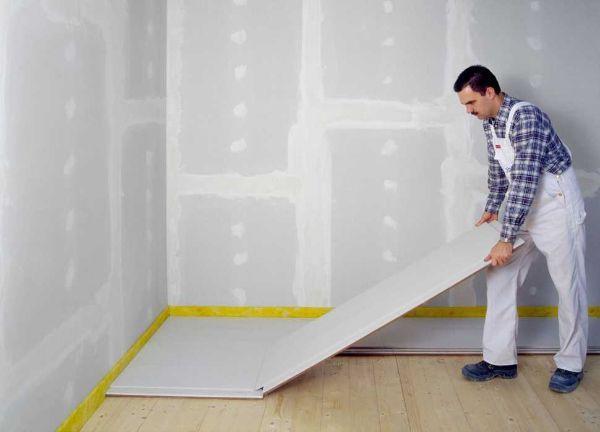
The limits of plasterboard
In the 70-80's to speed up the construction process appeared the first dry-building solutions consisting in plasterboard panels on metal structure.
The exposure times were significantly reduced and also the financial savings was considerable, but at the expense of the quality of the hollow walls.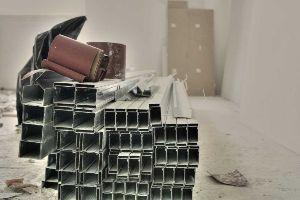 Plasterboard walls were used only for the internal partitions of the apartments, or at best as a false wall of the outer walls, but they had reduced thickness (at the time it was not customary to put two plates together son each side as we do today) and then it was the acoustic between rooms to suffer from this condition.
Plasterboard walls were used only for the internal partitions of the apartments, or at best as a false wall of the outer walls, but they had reduced thickness (at the time it was not customary to put two plates together son each side as we do today) and then it was the acoustic between rooms to suffer from this condition.
The heat insulation was not well cared, and finally there was the problem of furnishing, in that it was essential to provide in advance where they would hang heavy loads, such as kitchen cupboards, shelves or radiators, because the plates did not stand the weight and then had to fix the wooden boards between columns, in such a manner that the dowels necessary acted on the wood and not on the gypsum panels.
What's more, in the event of a fire the plasterboard gave off toxic fumes, while the opposite it was frequent in damp places the growth of mold.
With the passage of time the quality of the gypsum board has improved, but the concept remains the same: a sheet of plaster sandwiched between two layers of paper.
What is the gypsum-fiber and why it is the ideal material for the walls of the house
The gypsum-fiber radically changes the concept compared to plasterboard, being constituted by reinforced gypsum from cellulose fiber (recycled paper) which serves as a structure.
Who posed it knows that the difference between plasterboard and gypsum-fiber and why important institutions for green building consider it the ideal material for the walls of the house.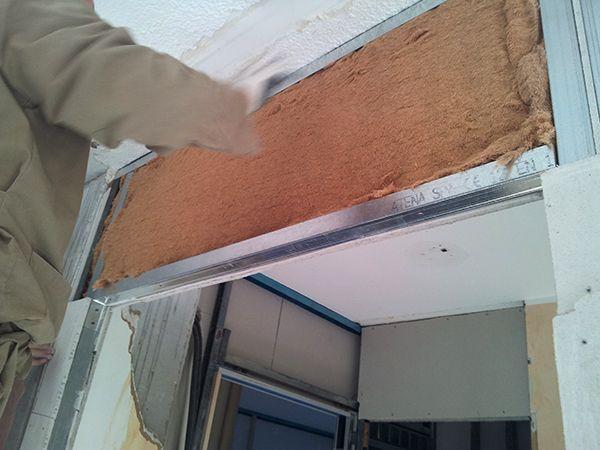
You notice the difference already carrying plates in the yard. The panels in gypsum-fiber of the same thickness are much heavier, have more mass than equivalent plasterboard and this is the main reason for the better performance in terms of thermal and acoustic insulation.
Cutting the panels to put in place one becomes again aware of the superiority of the material: the laying procedure is almost the same, but on the opposite of what happens with plasterboard you must exercise a big amount of strength to cut a panel in gypsum-fiber.
The stucco work of the gypsum-fiber is a critical step in the installation and therein lies the main difference between the laying of gypsum-fiber and the plasterboard.
The gypsum-fiber panels must be left slightly detached from each other because subsequently the joints can be sealed with a special grout, which is also reinforced by cellulose fibers, solidifying joins the panels as they were a single body.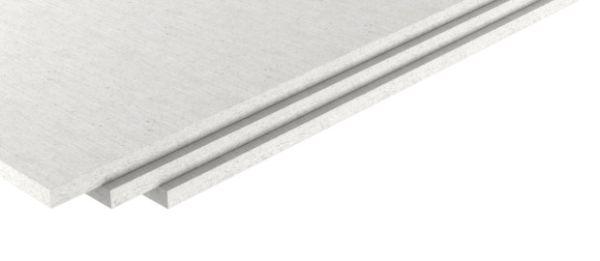
All the advantages of gypsum-fiber
The advantages of the gypsum-fiber are manifold: to a greater mass corresponds a higher thermal insulation, a greater sound insulation and finally an increased ability to withstand loads hung, to which is added a remarkable ability to let through the steam, so a good resistance in wet environments to the formation of mold and spores.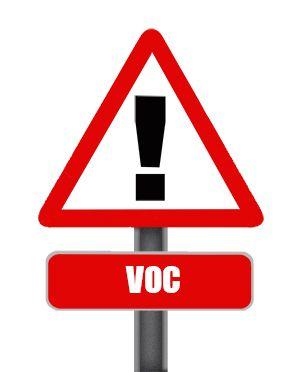 All things visible to the naked eye, but there is also an important advantage, which is not seen but is healthy and so it's a lot to keep in mind when choosing which material to create the walls of your own home.
All things visible to the naked eye, but there is also an important advantage, which is not seen but is healthy and so it's a lot to keep in mind when choosing which material to create the walls of your own home.
This is the power of a few sheets of fiber board to absorb VOC (Volatile Organic Compounds) and carcinogens such as formaldehyde.
The gypsum-fiber works basically like a sponge, capable of absorbing most of the domestic pollutants, processing them and sanitizing the environments in the same way in which it rules the moisture in the air.
Then in the event of a fire, the gypsum-fiber burns slowly without generating noxious fumes, a feature which gives the material the class 0 for fire resistance.
Where to buy the gypsum-fiber
The panels in gypsum-fiber are now increasingly present in the warehouses of retailers of building materials.
One of the best-known companies is certainly the German Fermacell, flanked by the giants of the production of plasterboard Knauf and SaintGobain.
The cost, needless to say, is slightly higher than the drywall, but as we've seen you gain in terms of material performance and health of the environment.
A wall made of gypsum-fiber panels on wooden or metal struts may very well be compared to a wall made of perforated and plastered with lime; so, what is left now is to favor the diffusion of the gypsum-fiber proposing it always when it comes to building a wall or a substrate with dry technology.
79163 REGISTERED USERS










